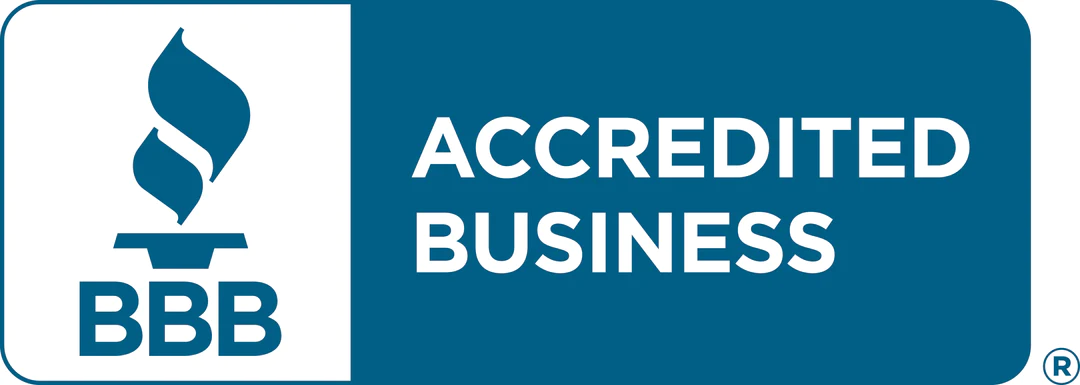College Admissions Tips and Guidance
Inside the Admissions Committee

Explore Our Articles
Recent Posts
Popular Categories
Get In Touch
On Social
By Phone or Text
(617) 734-3700
By Mail or Email
1678 Beacon Street
Brookline, MA 02445
By Form
Educational Advocates
Our objective is to guide the family in finding options where the student will not only get admitted, but thrive and find success once on campus.
Inside the Admissions Committee
By Margaret Nilsson
What happens once you hit the “submit” button? While each college admissions office has its own unique process, many share similar ways of making decisions.

Admissions committees work hard to get to know each of their potential students.
Once the applications have been read (typically by at least two admissions officers who are responsible for a particular area), the next step is committee. Committee meetings allow the admissions staff to get together and hear cases from other regions, get a sense of the whole applicant pool and receive feedback from colleagues. Committee means long hours, impassioned discussions and deliberations, and sometimes hard-fought decisions.
Each admissions officer has a stack of files to present to the rest of the staff. A spreadsheet (often organized by state and within each state by high school) provides basic data on every student who has applied: name, high school, GPA, and test scores. While the spreadsheet is useful, it is only when the admissions committee hears some of the details of an application that they start to get a picture of the person behind the file.
Admissions officers want to know as much as possible about each student and their application. Their high school, parents’ education, employment, and place in the family can all provide context. We study the school profile and transcript to see if students have challenged themselves during high school and been successful in a rigorous curriculum. What are their senior year courses? How is standardized testing (although test-optional is an accepted strategy at most colleges)? Their academic credentials give us some assurance that students can handle the demands of a freshman seminar or senior thesis.
What is an applicant’s story? Do they reveal something about themselves in their essays? Admissions officers often read parts of the application aloud, perhaps a quote from a teacher or counselor recommendation attesting to a student’s intellectual vitality or central role in the school community. At times, we can’t resist reading an entire essay out loud so that we can share with our colleagues a particularly compelling piece of writing. A good essay can stop us in our tracks.
We ask about student involvement outside the classroom. Are they part of the marching band, fencing team, or service club?

Volunteering is just one way that students can show admissions committees who they are.
Is the student spread thin among many activities or focused on a few in a meaningful way? What do students like to do in their spare time? Does the applicant read, write, hike, debate, or draw? What kind of roommate would the student be? We look to see if students have visited the college, taken a tour, or had an interview. The reality is that selective colleges have many more qualified applicants than they can admit. The committee is generally where we decide if a person is the right “fit” for the school, and if the student is someone who is likely to benefit from and contribute to the college—in and outside the classroom.
Most colleges are not looking for a particular type of student; rather, they are building a diverse class of bright and passionate young people who will enrich the college community.
Margaret Nilsson has held admissions positions at a small liberal arts college, an Ivy League school, and a mid-sized national university. The above information does not reflect the practices of any particular institution, but is based on years of experience on various admissions committees.
Learn more about how we guide students in their college experience by scheduling an introductory interview with a college admission consultant.









